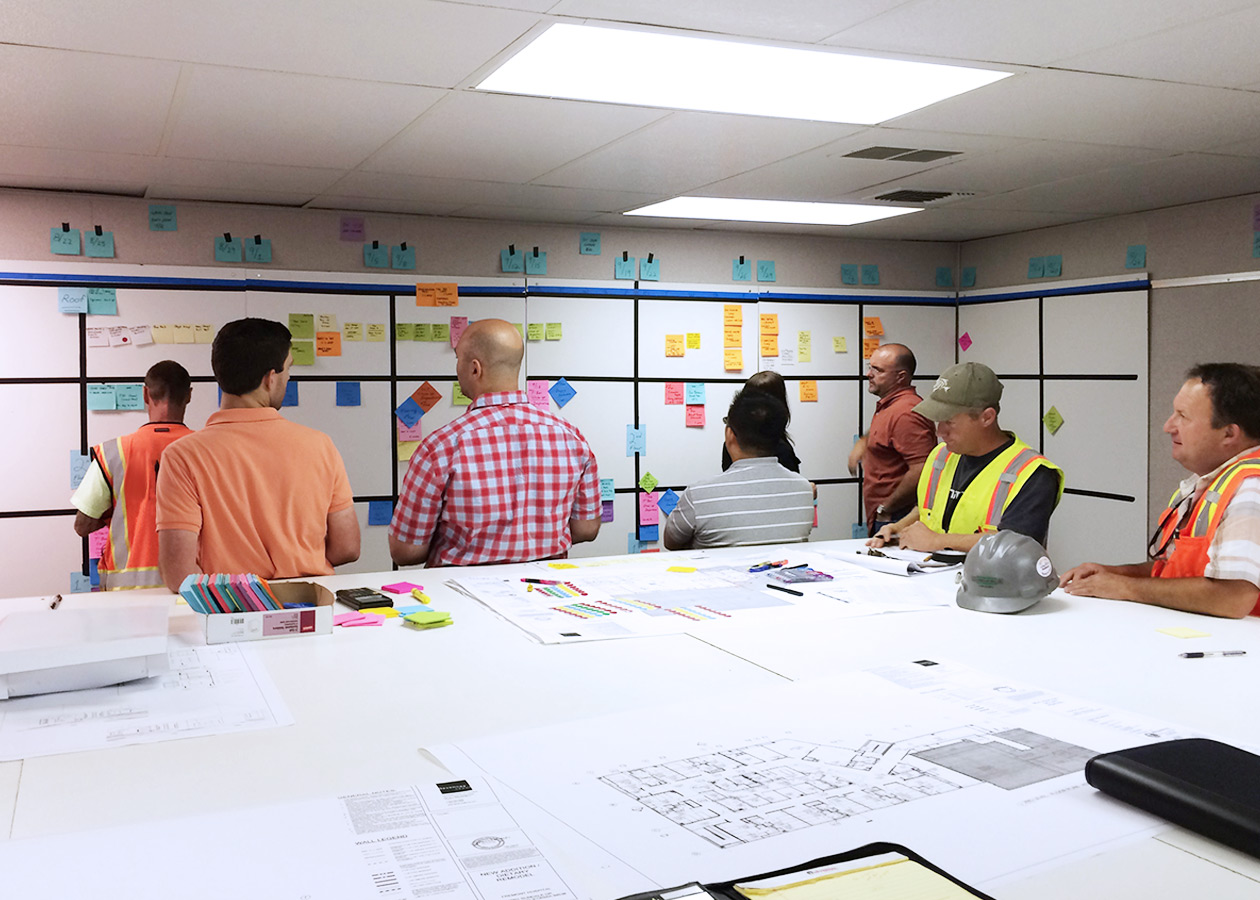
ALTERNATIVE DELIVERY METHODS
Team partnership, collaborative methods and tools, and client advocacy drive value in modern building.
As the construction industry continues to evolve, contractors are finding they need to be more integrated and collaborative with the entire project team – architects, owners, and subcontractors – to deliver added value. A new design and construction standard, known as advanced integrated practice, encompasses these methods and tools and sets the stage for a superior approach to building.
Truebeck Construction’s successful delivery of complex projects rests in our culture’s embracing of the philosophical tenets of advanced integrated practice. Delivery methods such as Integrated Project Delivery (IPD), design-build, and CM-At-Risk represent a large percentage of our core competencies and business. Each of these delivery methods require coordination and collaboration that is best approached through a strong partnership, in which the general contractor works as a resource for designers and an advocate for the owner. Advanced integrated practices are the blueprint for more innovation and less waste.

Pull-planning session at IPD healthcare project.
High-Performance Team
For improved productivity on projects, it is critical to create a strong partnership amongst all members of the project team. Open communication and team member integration, along with trust-based relationships, are key to this partnership.
As the majority of cost is established during schematic design, implementation of an IPD ethos is critical in the effort to add value and deliver the project efficiently. Lean Construction techniques can be effectively applied early in preconstruction to foster team collaboration and accountability. These techniques include big room meetings and pull planning sessions and create early interaction amongst team members in all aspects of project design and planning. On projects we have delivered through IPD, Design-Build, and CM-At-Risk, big room meetings and pull-planning sessions are standard practice. These are used to create an environment of teamwork and innovation throughout the duration of the project.

This five-story office building in South San Francisco was delivered for Alexandria Real Estate Equities with the design-build method.
Our construction of the 259 East Grand Ave. Biotech Office Building in South San Francisco -which serves as the campus for Verily (formerly Google Life Sciences) and was delivered under the Design-Build method – had a project team of 14 firms. Thus, a quick integration of project partners from day one was established immediately upon award. This allowed us to ensure informed decision-making and comprehensive design and execution planning. This project is a marquee example of how comprehensive early engagement provides significant cost savings.
The design-build delivery helped achieve many project enhancements including: GC early involvement, tenant requested changes into the original design, alternate bids to improve competitive pricing, thoughtful constructability and value engineering, BIM and MEP coordination, LEED optimization, alternate pile system, and early skin design-build procurement.
Collaborative Technology
What is the driving force behind advanced systems and practices? Technology.
Virtual Design and Construction (VDC) and Building Information Modeling (BIM) are tools that provide increased benefits to the project, the team, and the owner. They enable our teams to continuously coordinate with design partners, providing real time feedback on budget, schedule, and constructability. These tools can be invaluable in creating a culture of partnership from the very start of the project. As construction begins, these tools are used to ensure compliance with project documents, coordination of trades, and high-quality installation.
Cost Control and Reducing Waste
Working together and avoiding silo decision-making can have a significant impact on a project’s bottom line.
Truebeck uses cluster groups – a method of integrating multiple trade partners, especially during the early stages of budget development – to gain efficiency and control cost and schedule. Having input from specialized groups of subcontractors allows us to be more aware of how design and materials decisions will impact subcontractor performance.
An open-book approach to subcontractor bidding, project estimating, and cost control is a hallmark of Truebeck’s project management. The element of shared risk between partners on IPD, Design-Build, and CM-At-Risk projects also creates accountability and motivates team members to perform high-quality work that meets the project budget. It encourages non-adversarial relationships between project partners, leading the team to make decisions based on choosing by advantages rather than cost.
Ultimately, the adoption of integrative and collaborative processes, creates value for all involved. Developing partnerships with members of the project team, aligning project goals, utilizing smart technology, reducing waste, and identifying an efficient path to project completion take priority, over maximizing profits. Client advocacy makes up the foundation upon which project success is built.








